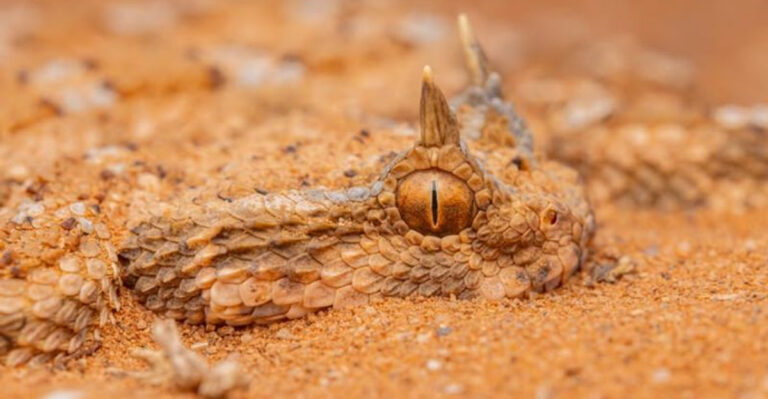16 Lakes Where The Fishing’s Still As Good As It Was 50 Years Ago
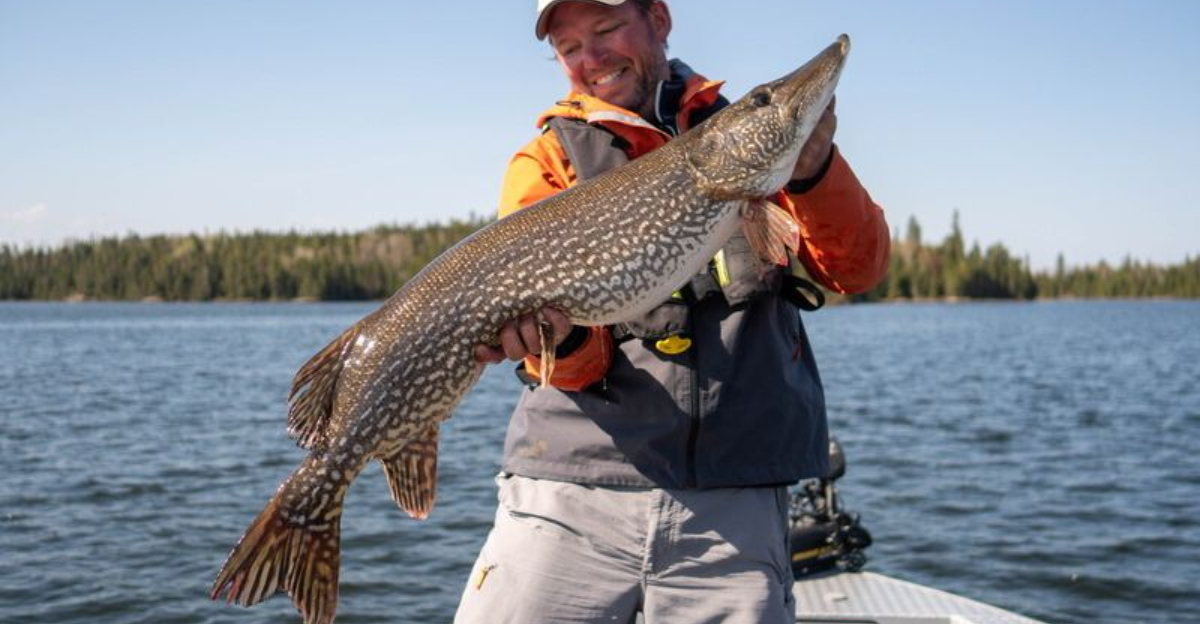
Remember when fishing meant guaranteed catches and peaceful days on the water? While many popular fishing spots have suffered from overfishing and pollution, some hidden gems remain untouched by time.
These special lakes maintain healthy fish populations and pristine waters just like the good old days. Pack your tackle box and discover these fishing paradises where the experience remains as rewarding as it was half a century ago.
1. Lake Baikal, Russia
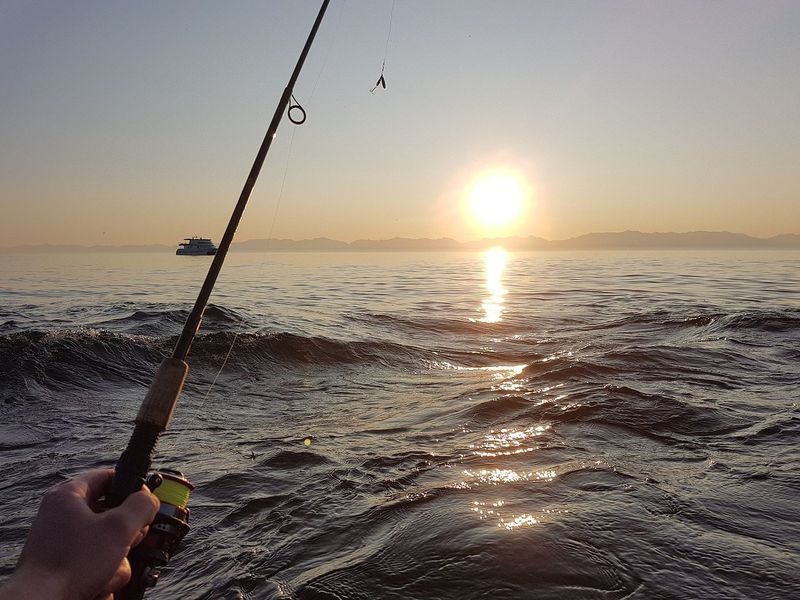
Ancient waters hide remarkable fishing opportunities in the world’s deepest lake. Baikal’s crystal-clear depths harbor unique species like the omul, a delicious relative of salmon found nowhere else on Earth.
Local fishing techniques passed down through generations still prove effective today. The lake’s protected status and remote location have preserved both water quality and fish populations, making each cast as promising as it was decades ago.
2. Boundary Waters, Minnesota
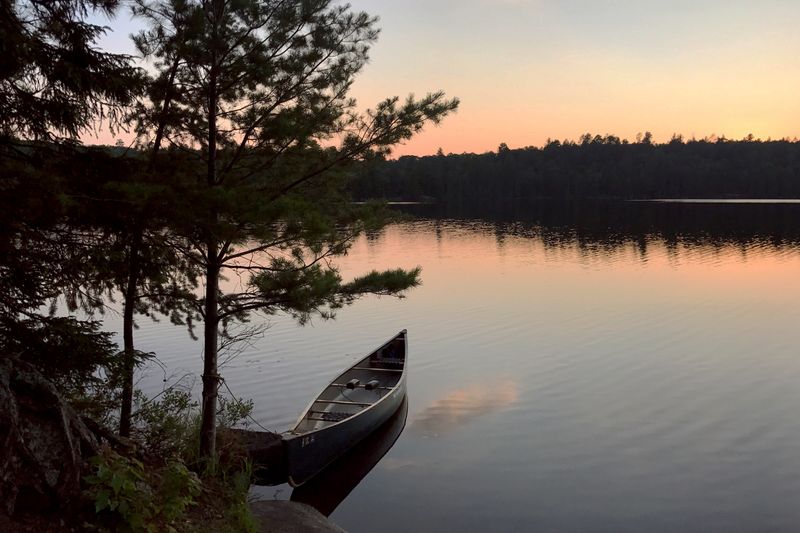
Scattered across a million acres of wilderness, these interconnected lakes offer some of North America’s most pristine fishing. Walleye, northern pike, and smallmouth bass thrive in waters largely unchanged since the 1950s.
Motor restrictions prevent overfishing and maintain the tranquil environment. Paddle a canoe between lakes just as anglers did generations ago, listening to loons call while casting into waters that still surrender impressive catches year after year.
3. Lough Corrib, Ireland

Fog drifts across this ancient Irish lake just as it did when Celtic fishermen first cast their lines. The brown trout fishing remains legendary, with specimens regularly exceeding 10 pounds.
Traditional wooden boats called ‘Corrib crafts’ still dot the waters. Local guides share secret spots passed down through families for generations. May’s mayfly hatch creates fishing conditions virtually identical to those enjoyed by anglers in the 1970s and beyond.
4. Lake Nipigon, Ontario
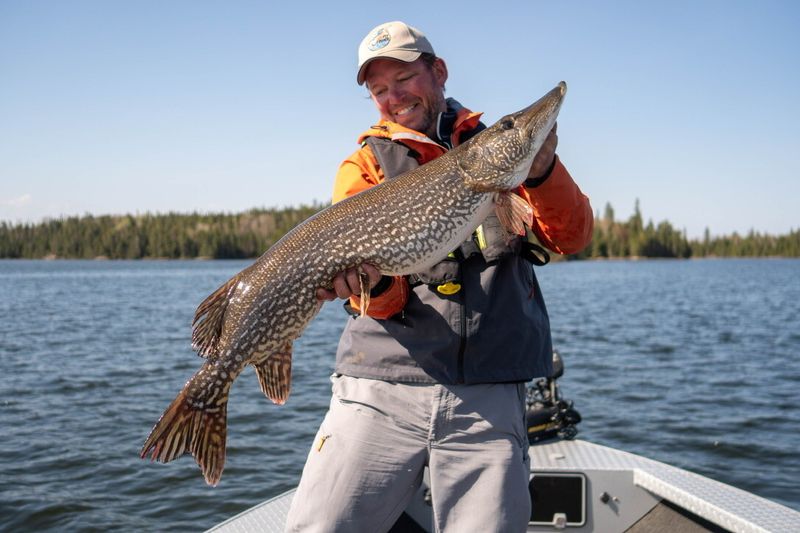
Northern pike lurk in the weedy bays of this massive Canadian lake, growing to sizes that would make anglers from any era proud. Cold, clean waters support the same thriving fish populations that have drawn fishermen for generations.
Accessible mainly by float plane or boat, isolation has preserved the fishing quality. Brook trout reach trophy sizes here, and the lake trout fishing rivals any period in recorded history. Native guides share knowledge that bridges past and present fishing techniques.
5. Lake Atitlan, Guatemala
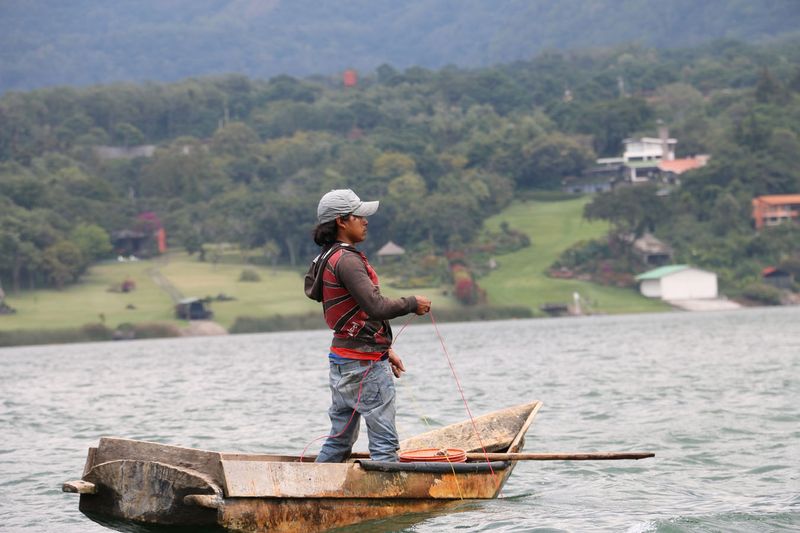
Surrounded by volcanoes and Mayan villages, this highland lake offers fishing experiences virtually unchanged for centuries. Local fishermen still use hand-tied nets and traditional wooden boats to pursue the lake’s abundant black bass.
Morning mists rise from waters over 1,000 feet deep. The bass fishing remains excellent year-round, with techniques from decades past proving just as effective today. Cultural fishing traditions blend seamlessly with modern catch-and-release practices to preserve this special resource.
6. Great Slave Lake, Northwest Territories
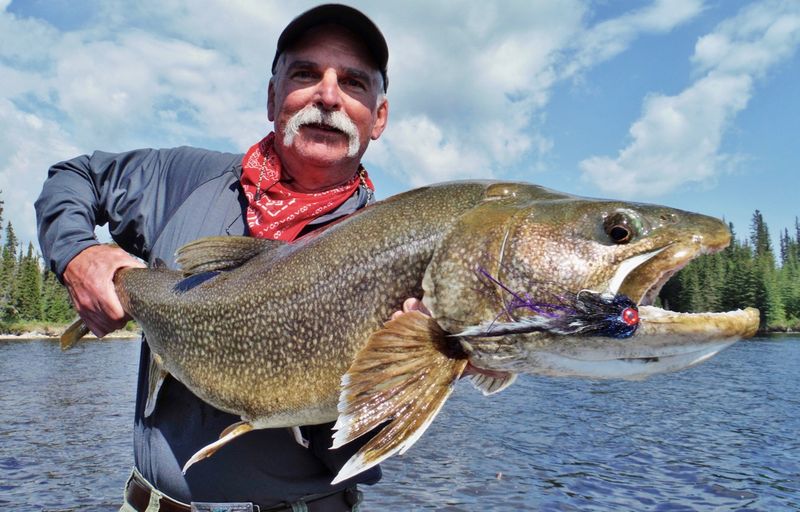
Record-breaking lake trout call these frigid northern waters home. The ninth-largest lake in the world remains a fishing paradise, with catches today mirroring those from when record-keeping began.
Indigenous fishing traditions spanning thousands of years continue alongside modern techniques. Arctic grayling, northern pike, and whitefish populations remain robust despite the lake’s growing reputation. Remote sections still see fewer than a dozen anglers per year, preserving the pristine fishing experience.
7. Lake Saimaa, Finland
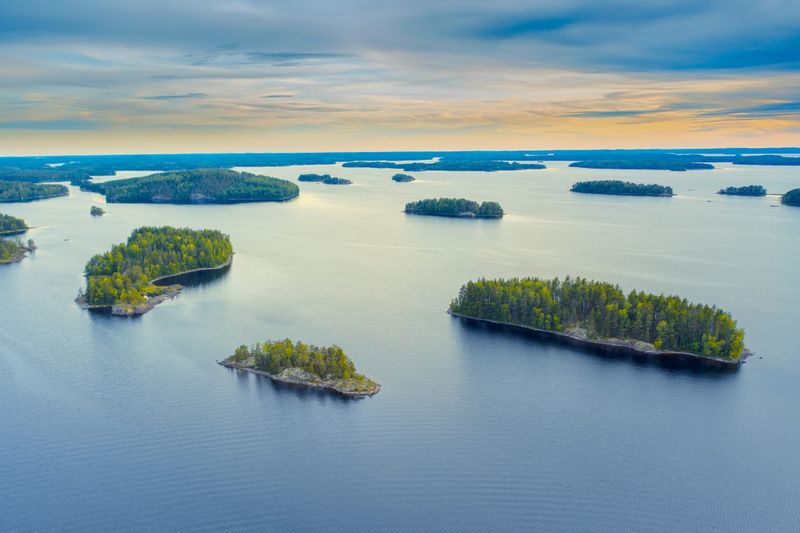
Thousands of islands create a maze of fishing opportunities in Finland’s largest lake. Pike, perch, and zander (walleye) fishing remains consistent with accounts from the mid-20th century.
Finnish fishing traditions include smoking freshly caught fish on shoreline fires. The lake’s unique endangered Saimaa ringed seal shares these pristine waters. Winter ice fishing here follows patterns established generations ago, with modern anglers enjoying the same bounty as their grandparents.
8. Lake Taupo, New Zealand
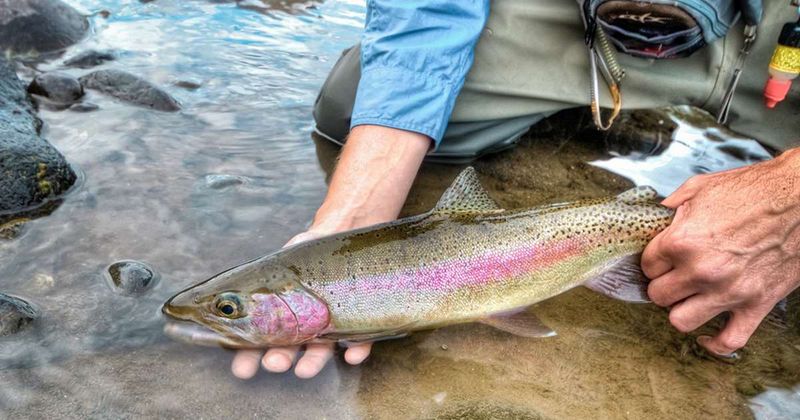
Volcanic activity created this massive lake, now home to some of the world’s finest rainbow trout fishing. The quality remains consistent with the 1960s when the fishery first gained international recognition.
Clear waters allow sight-fishing opportunities rare in trout lakes of this size. Seasonal insect hatches occur with clockwork precision, just as they have for decades. Conservation efforts maintain catch rates and fish sizes comparable to historical records, with many trout exceeding 8 pounds.
9. Reindeer Lake, Saskatchewan

Northern lights dance over waters teeming with lake trout, northern pike, and walleye. This massive Canadian shield lake spans over 2,500 square miles yet remains largely unfished compared to more accessible waters.
Rocky islands and deep, cold waters provide perfect habitat for trophy-sized fish. Indigenous Dene guides share knowledge accumulated over centuries. Remote fishing camps operate much as they did in the 1950s, offering rustic accommodations and world-class fishing unchanged by time.
10. Lake Hovsgol, Mongolia
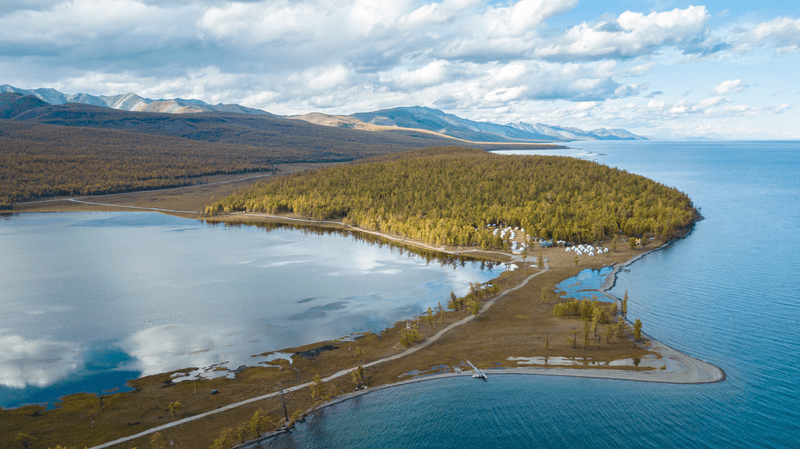
Nicknamed “Younger Sister of the Seas,” this ancient lake contains 1% of the world’s freshwater. Lenok and taimen, prehistoric relatives of salmon, grow to massive sizes in these pristine waters.
Mongolian nomadic traditions include sustainable fishing practices that have preserved the resource for centuries. The lake’s remote location in northern Mongolia keeps fishing pressure minimal. Anglers today experience the same untouched wilderness and exceptional fishing that existed long before modern times.
11. Lago Strobel, Argentina
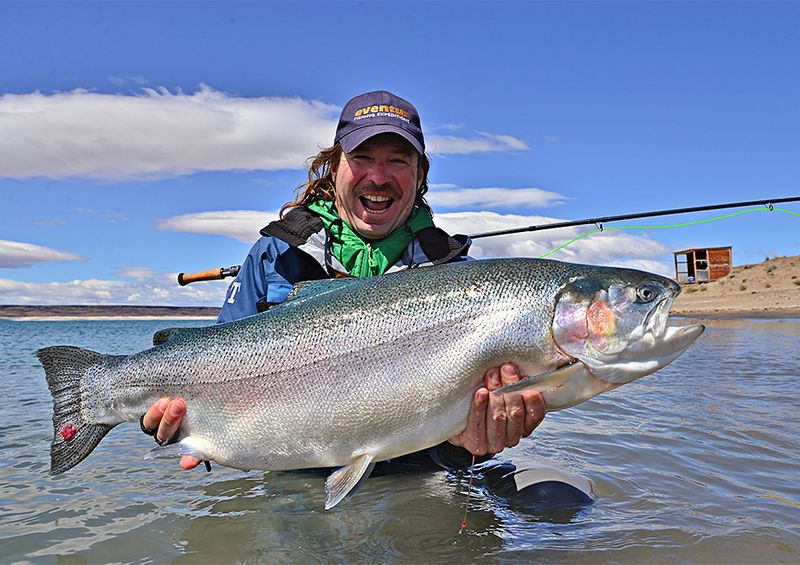
Known as “Jurassic Lake” for good reason, this windswept Patagonian water body produces rainbow trout of prehistoric proportions. Remote and difficult to access, fishing pressure remains minimal despite its growing reputation.
Introduced trout found perfect conditions in this alkaline lake. Abundant scud (freshwater shrimp) provide rich food sources that grow trout to sizes unheard of elsewhere. The average size of these fish hasn’t changed in decades, with 15-pounders common and 20+ pound specimens still possible.
12. Lake Bangweulu, Zambia
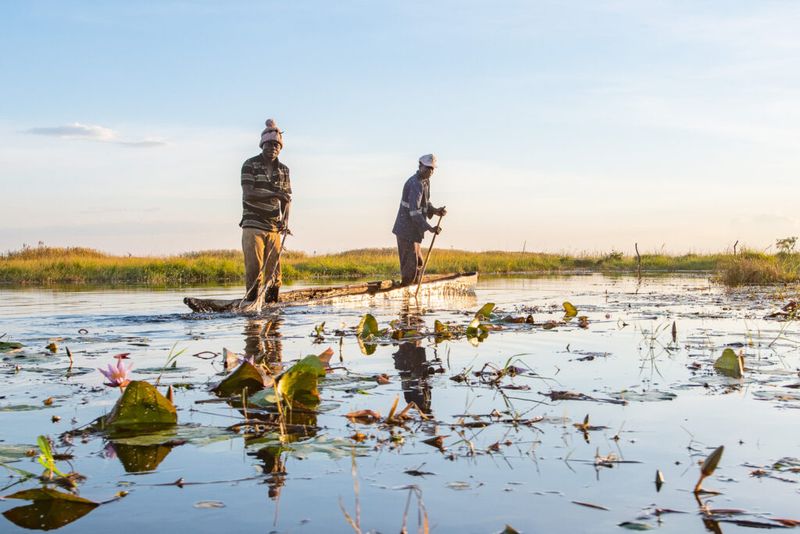
Sprawling wetlands surround this massive African lake where fishing methods remain largely unchanged for generations. Local fishermen still use reed boats and traditional techniques to harvest the abundant tilapia.
Seasonal flooding creates perfect spawning conditions year after year. The lake’s remote location in northern Zambia limits commercial fishing pressure. Tiger fish provide thrilling sport fishing opportunities in the same waters where David Livingstone once traveled, with similar catch rates to those of decades past.
13. Henry’s Lake, Idaho

Nestled high in the Rocky Mountains, this legendary trout lake continues producing trophy hybrid trout just as it did when Ernest Hemingway fished these waters. The unique cutthroat-rainbow hybrids regularly exceed 5 pounds.
Careful management maintains the trophy potential that made this lake famous generations ago. Spring-fed waters provide consistent temperatures and abundant food sources. The surrounding landscape remains largely unchanged, creating fishing experiences reminiscent of the 1950s Idaho that attracted famous anglers from around the world.
14. Lake Kariba, Zimbabwe/Zambia

Created in the 1950s, this massive man-made lake quickly developed into one of Africa’s premier tiger fish destinations. The fishing quality remains consistent with its earliest days, with aggressive strikes and acrobatic fights.
Partially submerged trees create perfect habitat for these toothy predators. Local fishing guides share knowledge accumulated since the lake’s creation. Conservation efforts between Zimbabwe and Zambia maintain healthy fish populations despite the lake’s popularity with anglers seeking the same thrilling experiences available since the dam’s completion.
15. Lake Brunner, New Zealand
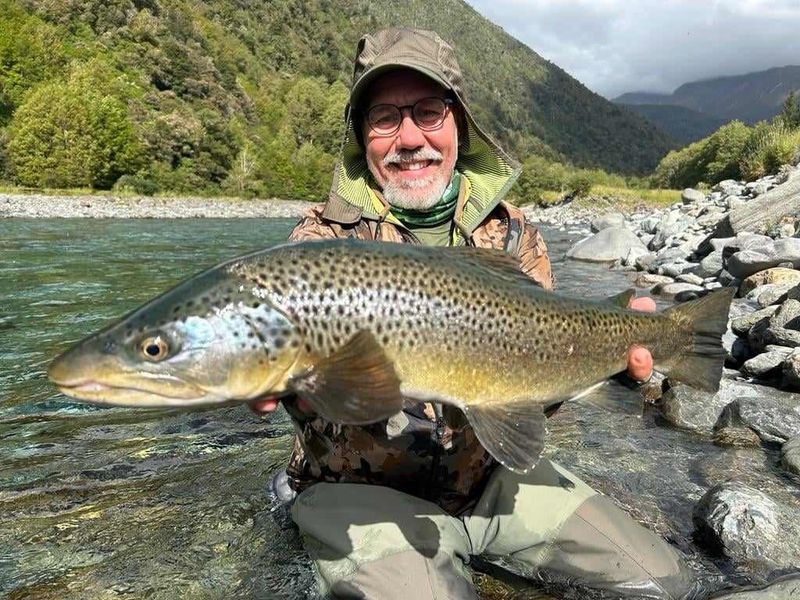
Rain-fed waters on New Zealand’s South Island create perfect conditions for massive brown trout. The fishing quality matches historical accounts from the first English settlers who established the fishery over a century ago.
Surrounded by temperate rainforest, the lake’s ecosystem remains remarkably intact. Traditional wet fly techniques from the 1940s still prove effective today. The remote location and careful management preserve both the fishing experience and the average size of trout, which commonly exceed 5 pounds.
16. Lake Huron’s North Channel, Canada
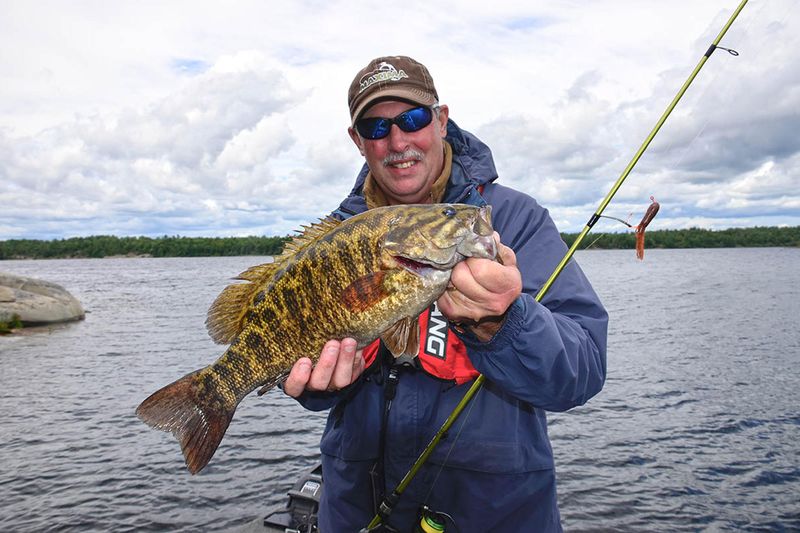
Granite islands and crystal waters create a smallmouth bass paradise along this protected section of Great Lakes shoreline. The quality of fishing remains comparable to accounts from the 1960s despite changes elsewhere in the Great Lakes.
Rocky structure and clear water allow sight-fishing opportunities for bass exceeding 5 pounds. Traditional techniques like drifting with live bait work alongside modern methods. Limited development and protected status maintain water quality and fish habitat similar to conditions enjoyed by previous generations of anglers.






